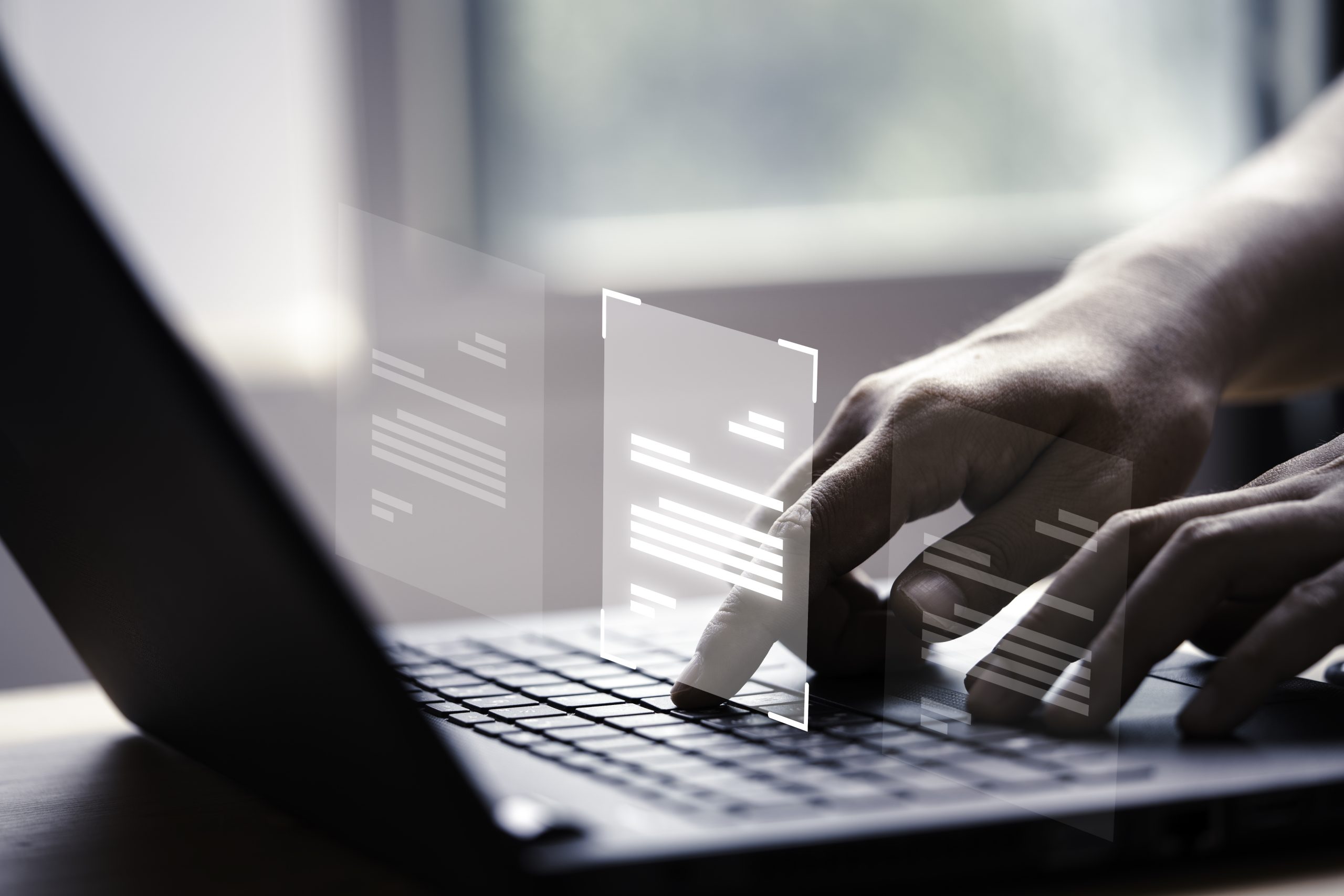Optical Character Recognition (OCR) technology has become a cornerstone in digital transformation for businesses across industries. By converting physical text into machine-readable data, OCR vastly improves efficiency and reduces manual data entry. Below, we explore the different kinds of data you can process with OCR tools
How OCR Works
To understand what OCR can do, it’s helpful to begin with a brief explanation of how it operates. First, a document or image containing text is scanned or photographed. Next, OCR software identifies which areas represent text and which are background. After that, the system “cleans” the image by removing noise, correcting slants, and improving contrast. Finally, it uses pattern recognition to interpret each character, letter, number, and symbol and converts them into editable, digital text. Once converted, the data can be exported, edited, and analyzed as needed.
Types of Documents That OCR Can Process
1. Printed Documents
One of the most common use cases for OCR is processing physical, printed documents such as letters, contracts, and reports. These documents often exist in paper form, but by using OCR, you can turn them into searchable, editable text. This is especially valuable in offices, law firms, and financial institutions where large volumes of contracts or reports may need to be archived or analyzed.
2. Images with Text
OCR is not limited to clean, printed pages. It can also recognize text embedded within images, for example, photographs of storefront signs, road markings, or slides from a presentation. This capability enables practical use cases such as translating text from foreign-language street signs or extracting text from social media graphics.
3. Identity Cards and Official IDs
Documents like national ID cards, passports, driving licenses, or other identity cards often include critical data such as names, dates of birth, and addresses. OCR enables rapid and accurate extraction of this information, which is particularly useful in governmental institutions, banking onboarding, and KYC (Know Your Customer) processes.
4. Invoices and Receipts
In business operations, invoices and receipts are goldmines of structured data. OCR tools can scan these financial documents and extract key information such as invoice numbers, dates, line item descriptions, and amounts. This makes automating bookkeeping, expense tracking, and auditing not only possible but also highly efficient.
5. Product Labels and Packaging
Beyond textual documents, OCR can also interpret text printed on product packaging. Information like serial numbers, batch codes, expiration dates, or even ingredients can be detected and digitized. This capability supports inventory management, quality control, and traceability in manufacturing and retail.
Real-World Applications
Imagine a financial institution that uses OCR to scan thousands of invoices and integrate the data directly into its accounting system. Or consider a logistics company that extracts batch codes from packaging labels to monitor product quality. Even in public service, governments could automate validation of ID cards for registration or verification processes.
In healthcare, OCR also plays a big role: medical records, prescriptions, and lab reports, when digitized, can be easily stored, searched, or shared among digital systems. This reduces administrative burden, minimizes errors, and helps healthcare providers focus more on patient care.
Fintelite as the Best OCR Tool in Southeast Asia
While many OCR tools are available in the market, businesses in Southeast Asia need solutions that understand regional document formats, multiple languages, and compliance standards. Fintelite stands out as a top choice for these specific needs.
Fintelite offers fast and precise data extraction for various document types used in industries such as banking, insurance, finance operations, and public services. It supports multiple country formats across Indonesia, Malaysia, the Philippines, Singapore, and more, ensuring accuracy even in complex or multilingual documents.


